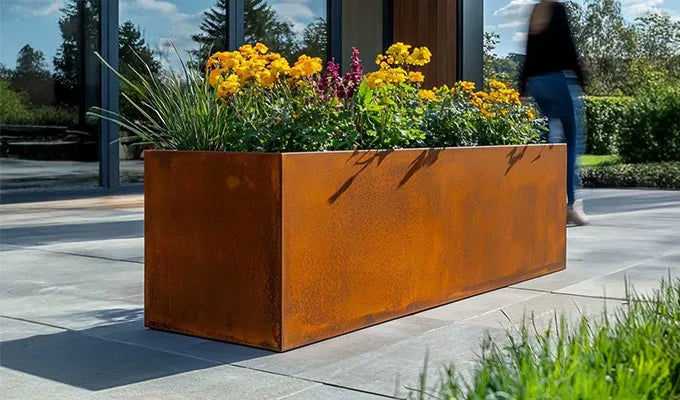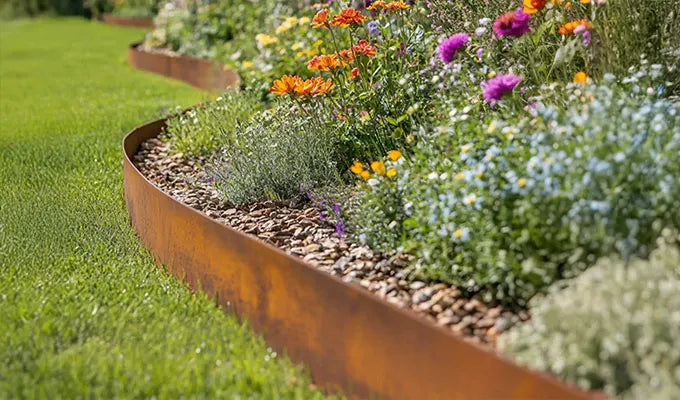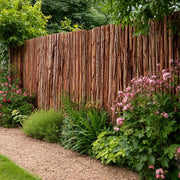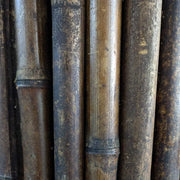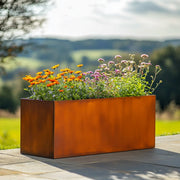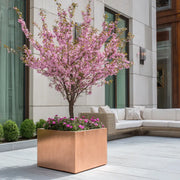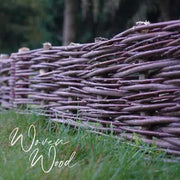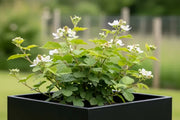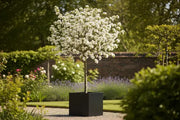Liquidambar (Sweetgum): Autumn's Dazzling Display
The Liquidambar, often known as the Sweetgum, is a magnificent deciduous tree celebrated for its spectacular autumn foliage. While native to North America and Central America, it has found a welcoming home in the British landscape, gracing many parks, avenues, and larger gardens with its vibrant seasonal display.
Suitability for the English Climate and Landscape
Liquidambar trees are surprisingly well-suited to the British climate. They are generally hardy across most of the UK, tolerating temperatures down to -15°C once established. For the most brilliant autumn colours – a stunning palette of deep reds, oranges, and purples – they require a position in full sun. While they can tolerate partial shade, the colour intensity will be diminished. They thrive in moist, well-drained, and slightly acidic to neutral soil. Highly alkaline soils can lead to chlorosis (yellowing of leaves) due to nutrient deficiencies. A sheltered spot is preferable, especially for younger trees, as their branches can be somewhat brittle in strong winds. In the English landscape, they make superb specimen trees, focal points, or stately additions to larger garden borders, offering year-round interest from their star-shaped leaves to their distinctive winter silhouette.
Growing Liquidambar
Planting a Liquidambar is best done in autumn or spring. Choose a site with full sun and well-drained, humus-rich soil. Dig a planting hole that is twice the width of the root ball and of the same depth. Incorporate some well-rotted compost into the excavated soil to improve structure and fertility. Place the tree in the hole, ensuring the top of the root ball is level with the surrounding ground. Backfill with the amended soil, gently firming it around the roots to remove air pockets. Water thoroughly after planting. Young trees will benefit from a sturdy stake for their first few years to help them establish strong root systems and withstand winds. Regular watering is crucial during dry periods, particularly in the first two to three years post-planting, until the tree is fully established. Once mature, Liquidambars are relatively low-maintenance. Pruning should be kept to a minimum; only remove dead, diseased, or crossing branches in late autumn or early winter when the tree is dormant. Avoid heavy pruning as they can bleed sap profusely.
Use in Planters
While Liquidambar trees can be grown in large containers when young, it's important to remember their ultimate size. They are vigorous growers and will quickly outgrow all but the largest planters. If you choose to grow one in a container, select a pot that is at least 60-90cm in diameter and depth. Use a good quality, soil-based compost with added grit for drainage. Container-grown Liquidambars will require more frequent watering and feeding than those in the ground, as nutrients are quickly depleted. They are best considered as temporary residents in planters, ideally being transplanted into the ground within a few years to allow them to reach their full potential.
Flowering and Fruiting
Liquidambar trees produce inconspicuous, greenish-yellow flowers in spring, typically in April or May, just as the new leaves emerge. These are not a significant ornamental feature. The tree is monoecious, meaning it bears both male and female flowers on the same plant. Following flowering, the tree develops its distinctive, spiky, spherical seed pods, often referred to as "gumballs." These fascinating fruits mature from green to brown during autumn and can persist on the branches throughout the winter, adding architectural interest. They typically fall from the tree in late winter or early spring, and while unique, their spiny nature can be a consideration for planting in high-traffic areas.


